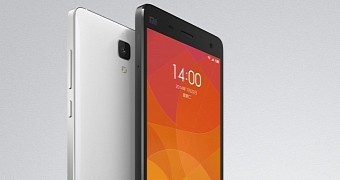Past rumors suggested that Microsoft might implement an unexpected feature in Windows 10 for phones that would allow Android apps to be used on its very own devices, but it turns out that the Redmond-based tech giant has a much more ambitious plan.
The company is said to be working on a new software solution that would allow users to install Windows 10 on their Android phones and thus benefit from almost the same experience as a customer who buys a device running its operating system from the very beginning.
TechCrunch writes that work on this software has already started and the flagship Xiaomi Mi 4 is actually based on this project, as Microsoft and Xiaomi are trying to determine whether the same technology can be used on more models or not.
Microsoft's new application will come in the form of a custom ROM, similar to the one developed by Cyanogen, which would replace Android completely, so dual-booting would be possible. It would be either Windows or Android.
Instead, the device would be powered by Windows 10 for phones completely and will provide access to all Microsoft's services, including OneDrive, Outlook, and Office, just like a Lumia.
Currently being tested in China
There is a reason Microsoft has turned to China to try out this plan, despite the fact that the country hasn't actually been a friendly market in the last 12 months or so.
Chinese customers are more willing to give a spin to such a technology, mostly because they are always looking for ways to customize their devices. At the same time, Android phones are very popular in China and manufactures are selling several affordable models in the country, so anyone should be able to buy a cheap Android unit and install Windows 10 on it.
There's no doubt that this is an ambitious plan for Microsoft, especially because getting it right is extremely difficult with such a variety of Android phones currently on the market. Microsoft has to deal with tons of issues, including compatibility problems that would in the end brick the device completely in case something goes wrong.
Offering a native Windows experience is also a challenge, while Microsoft also needs to give users better reasons to drop Android and switch to Windows 10.
Keep in mind that this is still a rumor for the time being, so don't take anything for granted until Microsoft comes up to comment on this.

 14 DAY TRIAL //
14 DAY TRIAL //